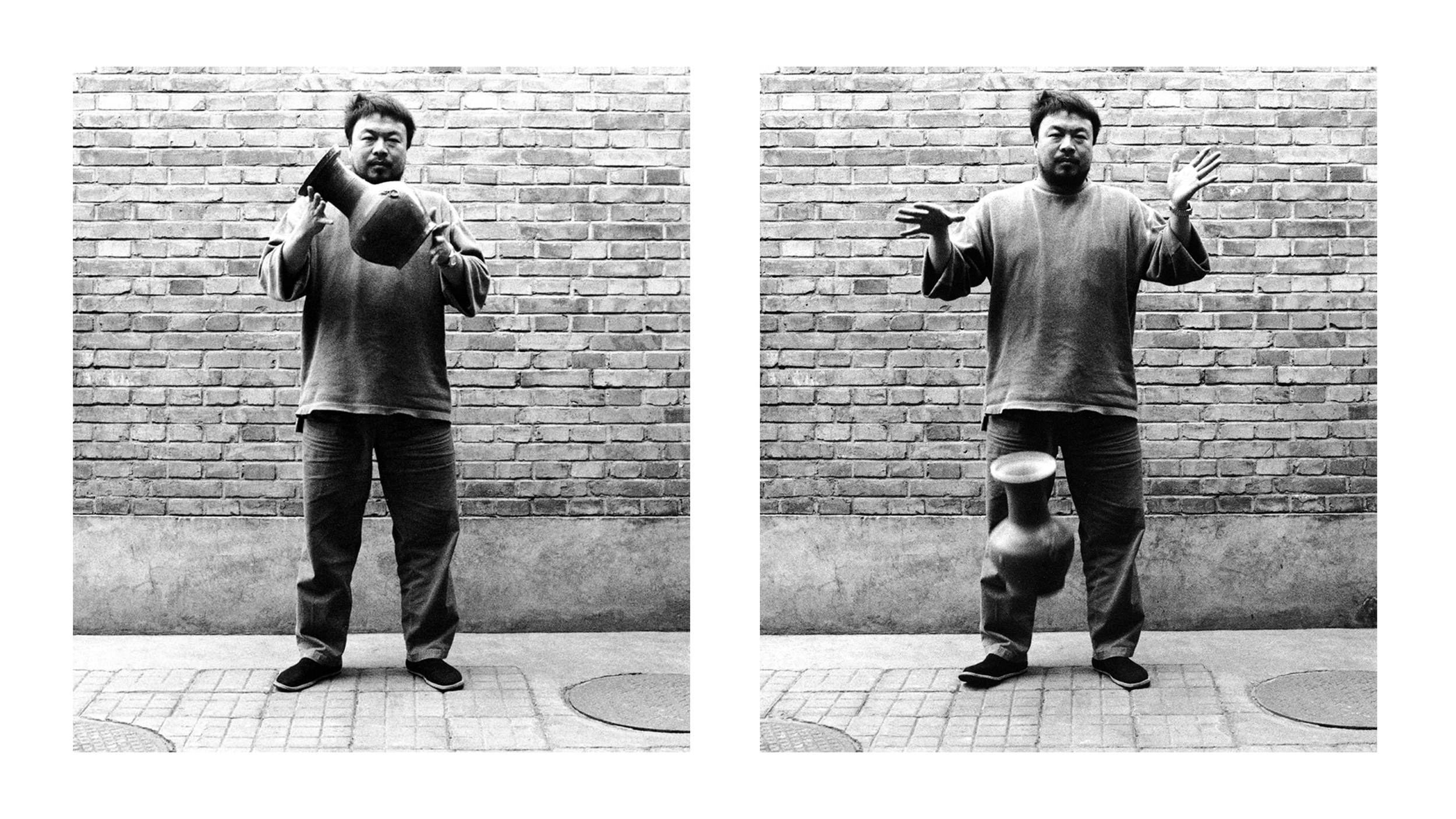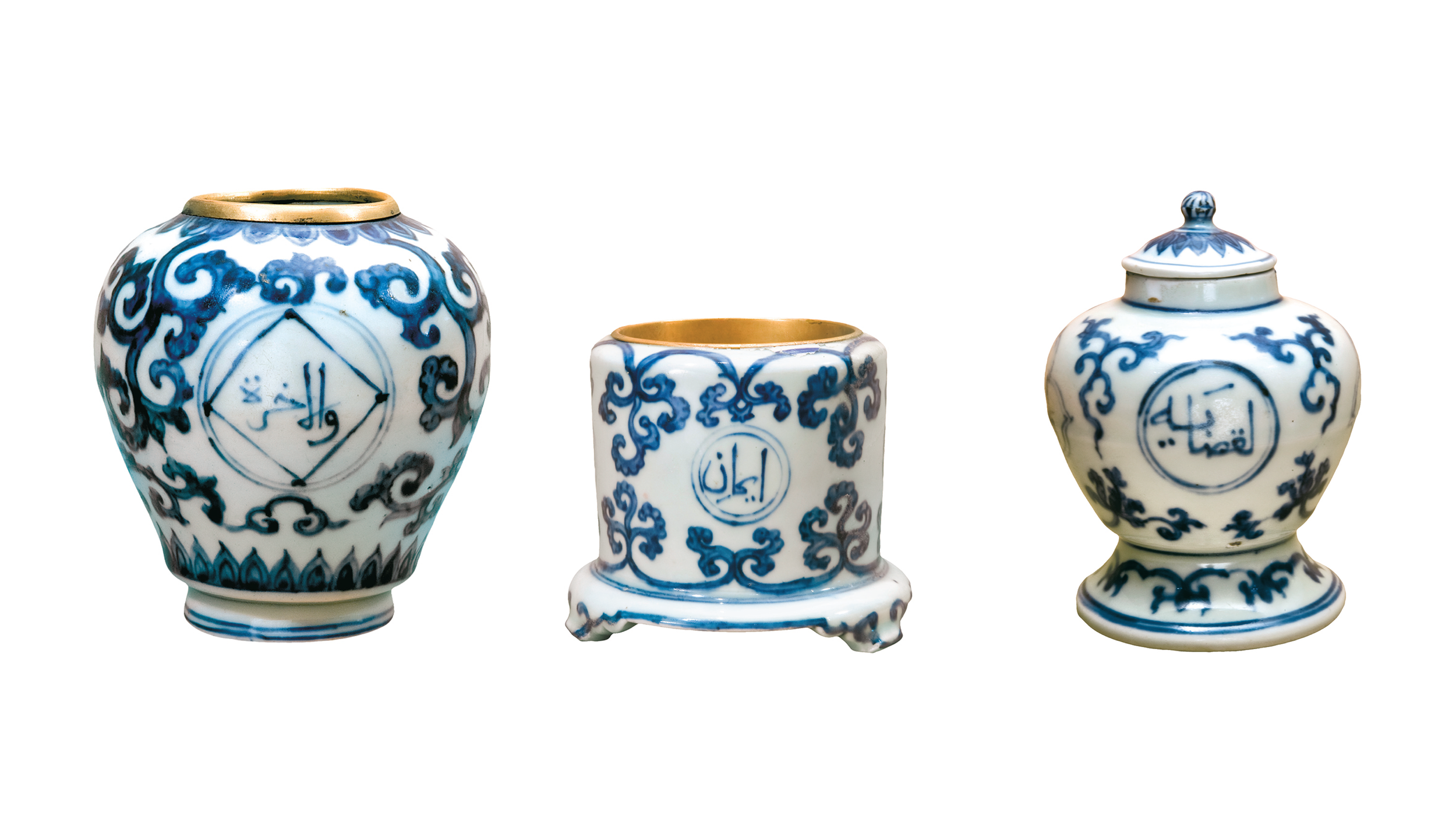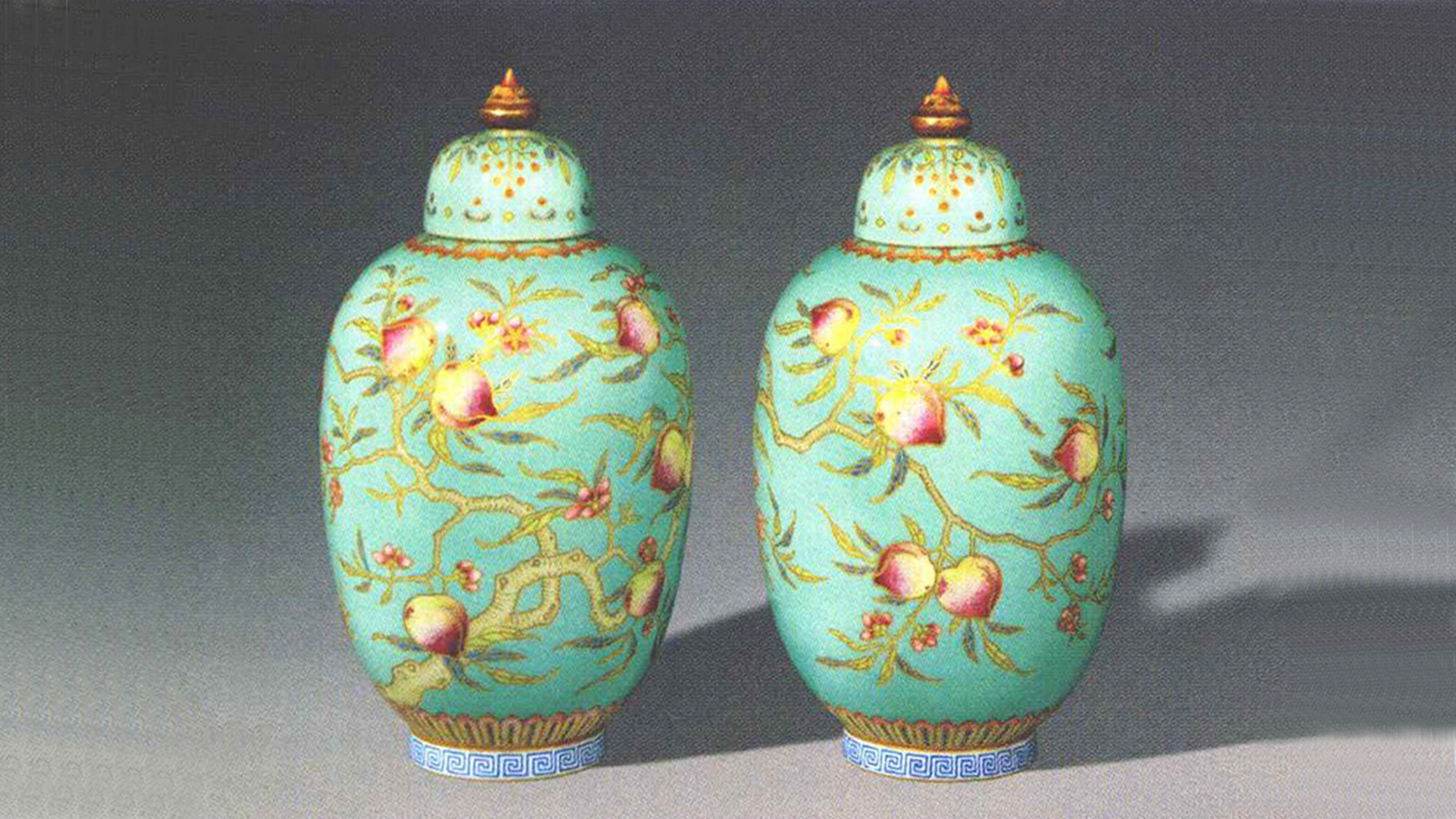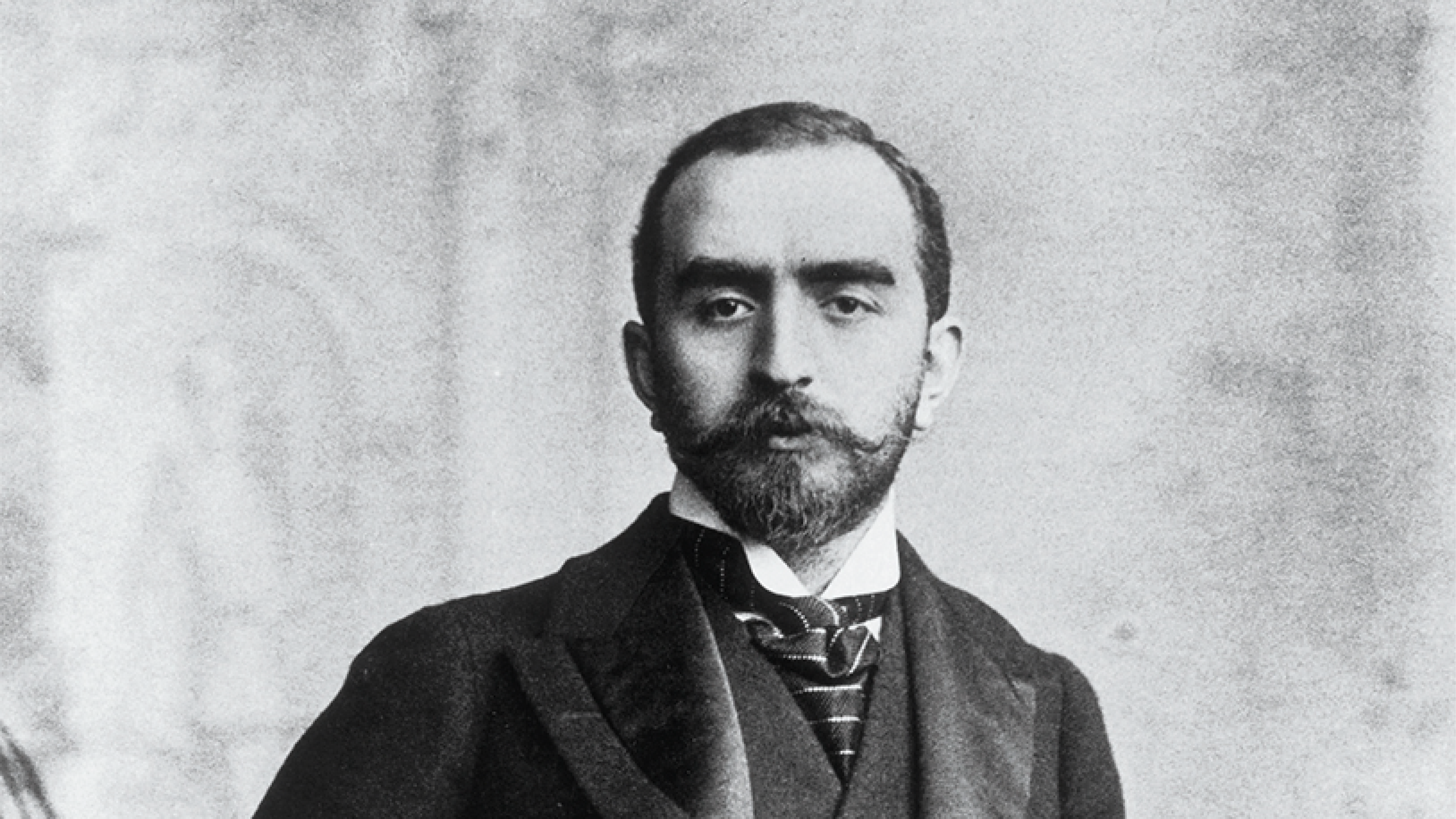Highlights

Chinese Trade in the Red Sea: Two Shipwrecks with Yuan Blue-and-White Porcelains
Shards of Chinese ceramics, from the Tang (618–907) through the Qing (1644–1911) dynasty, have been excavated in various harbours and emporiums of the Persian Gulf, Oman, Yemen, Red Sea, and western Africa, showing that the commerce connecting East and West through the Red Sea was continuing to follow the trading routes already established in the Roman period.

A Battlefield of Judgements: Ai Weiwei as Collector
One wonders, however, whether this artist is not best known for the wrong reasons. Ai Weiwei, son of the celebrated modern poet Ai Qing (1910–96), has a side that is often overlooked. This larger-than-life figure is one of the most passionate collectors and connoisseurs of Chinese antiquities, particularly jade, that I have met. In fact, he financed much of his early work as a contemporary artist through the sale of antiques.

The Vohemar Necropolis, Madagascar, and the Regional Distribution of Chinese Ceramics in the Swahili World (13th–17th century)
Archaeological artefacts unearthed from the Vohemar necropolis, mainly consisting of funerary objects, are currently kept both in France (the Quai Branly–Jacques Chirac Museum in Paris and the Museum of Natural History in Nîmes) and in Madagascar (the Museum of Art and Archaeology at the University of Antananarivo). They constitute an exceptional array of perfectly preserved objects: weapons (swords), iron tools (needles, daggers, knives, and scissors), everyday utensils (ceramic jars, ceramic bowls, glass bottles, and spoons of mother-of-pearl), and ornaments (bronze mirrors; agate and glass-bead necklaces; silver and glass-bead bracelets; and gold, silver, bronze, and agate rings). It is important to highlight the staggering number of well-identified imported items among these funerary objects. Along with Chinese ceramics, which are the most numerous, there is Islamic glassware, Indo-Pacific glass beads, bronze mirrors (probably of Islamic origin), and Indian and southeastern Asian gold or silver jewellery.

Pursuing the Aesthetic: An Interview with Lee Min-te and Patty Liu
In October 2012, Taiwan’s Ching Wan Society marked its 20th anniversary with an exhibition of bronzes, porcelain, paintings and works of art selected from the collection of its members at the National Museum of History, Taipei (see Hsiung Yi-Ching, ‘The Ching Wan Society: Twentieth Anniversary Reflections, Orientations, October 2012, pp. 85–89). The objects shown included works owned by Lee Min-te, who collects Chinese ceramics and works of art, and his wife Patty Liu, who is interested in Chinese 20th century and contemporary paintings. Orientations visited Lee and Liu at their home in Taichung to talk about their collecting journey.

Espadarte (1558): Evidence of Early Portuguese Trade in Porcelain via Africa
Although the wreck site of the Espadarte, discovered in May 2001, had been looted in the 1990s by treasure hunters and sport divers, the excavations show that the nau was carrying a full load of cargo, consisting of: gold; spices (pepper, nutmeg, and mace); Martaban storage jars filled with carnelian, seeds, and cowrie shells; and porcelain of the late Ming dynasty.

Muslim Blue, Chinese White: Islamic Calligraphy on Ming Blue-and-white Porcelain
Nearing the end of the second decade of the 21st century, the world is witnessing a global pivot toward Asia in international affairs. Meanwhile, China’s ambitious Belt and Road Initiative is predicated upon the global importance of mutually beneficial relations between China and its westward neighbours, a vast proportion of whom are Muslims. The success of the initiative, with its economic and political aspirations, depends on bringing together people of diverse cultures, evoking the history of ancient commercial overland and maritime trade networks, romantically imagined as the ‘Silk Roads’.

Conversation with a Collector
The Wangxing Lou Collection, assembled over the last twenty years, is considered one of the foremost Chinese private collections of Qing period (1644-1911) imperial ceramics. The collector, who prefers to remain anonymous, spoke to Henry Howard-Sneyd about his fascination with Qing ceramics.

‘Decolonizing’ Chinese Porcelains: Ernest Grandidier’s Collecting and Display at the 19th Century Louvre
The 19th century, which witnessed unprecedentedly close, albeit unequal, contact between Europe and China, provides a wide range of hybrid artistic representations that have amazed art lovers both visually and culturally. One of the key forms of Western representation of China is, of course, the collection and display of Chinese artefacts and artworks—especially in France, a country with a long history of admiration, collection, and appropriation of Chinese art.

‘An Oriental Collector’: Calouste Gulbenkian’s Taste for Arts of the Islamic World and China
Born in 1869 in Istanbul, the crossroads of Eurasia, Calouste Sarkis Gulbenkian always defined himself as an ‘oriental collec-tor’. His cultural view was expansive, extending beyond the Ottoman Empire of which he was a citizen to the east and west. By the time of his death in Lisbon in 1955, at age 86, this vision was reflected in a splendid art collection comprising some 6,000 objects originating from England to Japan, and dating from antiquity to the early 20th century.

For the Love of Broken Porcelain
In 1960, while planting a rose garden on the grounds of a 600-year-old palace in Delhi, members of the Horticulture Branch of the Archaeological Survey of India (ASI) dug up a large hoard of broken blue-and-white dishes and bowls. These ceramics were thought to be Mughal porcelains. While this was duly noted in a brief entry in the ASI’s journal, Indian Archaeology 1961–1962: A Review, the discovery was regarded at the time as unimportant. The porcelain was put into storage, and the exact location of its discovery was forgotten. However, the collection was and remains the world’s largest collection of Yuan dynasty (1260–1368) blue-and-white porcelain.
